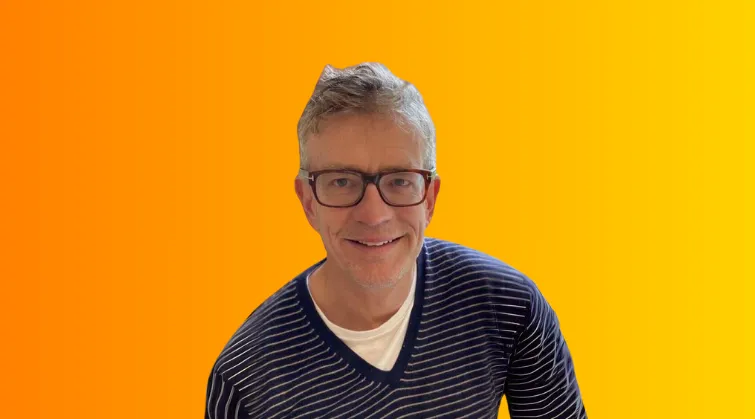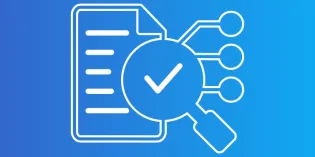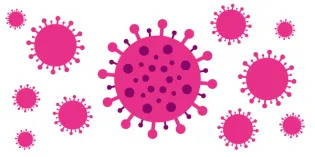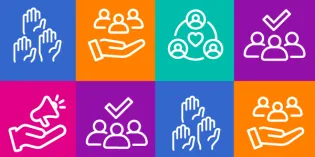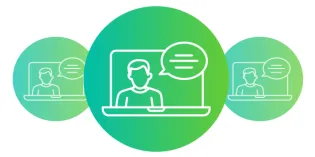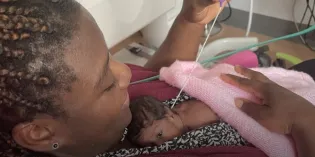What would you do if you were stuck in one place and every day was exactly the same, and nothing that you did mattered?
Phil Connors, Groundhog Day, 1993
There are many similarities between a Groundhog and a Marmot, even when we look beyond the toothy large ground rodents. Groundhog Day and Marmot Places are both reflections on how profound change can occur - one a fable, the other a treatise. Here's why I back Wales as the world's first Marmot Nation to lift us out of the Groundhog Day of our existence in healthcare, even if there are fewer gags.
Groundhog Day
For those who have not seen the comedy classic film Groundhog Day, Phil Connors - a cynical TV weatherman - becomes stuck in a time warp, re-living the same day (2 February) over and over again. Awoken each morning at 06:00 by the radio alarm "okay campers, rise and shine and don't forget your booties 'cause it's cooold out there today!', he dodges the receptionist, Mrs Lancaster, bumps into Ned and revisits "a large squirrel predicting the weather!".
Feel familiar?
Do you ever have deja vu, Mrs Lancaster?
I don't think so, but I could check with the kitchen.
The success of the movie is how Phil learns iteratively to become a better person and get the girl. He takes dubious wrong turns, makes mistakes, but tries again and again.
Is a Marmot Nation any better?
I love the random nature of how Phil learns, digging into base principles. But estimates of how long it would take for his reactive approach to lead to change, depending on the director or screenwriter, is anything from 10 to 10,000 years! I'm not sure we have that time.
In his book, The Health Gap, the epidemiologist Professor Michael Marmot begins with an all too familiar story of an elderly woman he saw as a junior, whose health had been grossly affected by her poor social circumstances and distress. Yet the system was only set up to give her red pills for her symptoms. “The idea that she was suffering from a red pill deficiency was not compelling” - something I recognise in the long-term use of opiates, serotonin uptake inhibitors, gabapentin and, in some, long acting bronchodilators.
Why treat people and send them back to the conditions that make them sick?
The Health Gap, Professor Michael Marmot
To change this system, Marmot subsequently outlines a road map based on extensive scientific evidence so we don't have to keep making the same mistakes as Phil, over and over again.
Engaging with his eight principles (see table below), health communities can take a structured approach to change, reach more people with the same funding and intervene earlier to reduce demand. This will avoid further deterioration in outcomes, especially at the beginning of a life, and avoid the nightmare scenario at the end as the aged population soon doubles in size. "Don't you listen to the weather? We got a major storm here!"
| Principle |
Impact on children and young people |
Impact on child health services |
| The best start in life for all children and young people (CYP) |
- Better early support for parents including for isolation and distress
- Improved needs-led developmental support including for speech and language, continence, nutrition, socialisation and physical activity
- Improved access to vaccination
|
- Redirection of funds to first years of life
- Revised strategy for early years fully integrated with Public Health, Flying Start and nurseries
- Revised workforce and skill mix including Speech and Language, health visitors, practice nurses, continence nurses and early years health assistants
- Effective data monitoring of key generic outcome measures to guide primary school provision
|
| Enable all CYP and adults to maximise agency and future opportunities |
- Promotion of individual's strengths and adaptation to weaknesses or difficulties
- Improved school readiness
- Reduced persistent school absence
- Improved confidence and agency over health (including better health literacy)
- Improved engagement in planning for training and employment
- Improved care for those in looked after sector
|
- Increased integration with schools, including use of health coaches (Band 4) linking with 1o and 2o care
- Emphasis on needs (over diagnosis) and codesigned care
- Developmentally appropriate care including for adolescents and young adults
|
| Fair employment and good work for all |
- Improved family time for parents
- Improved parental leave and child care
- Improved support for child carers
|
- Reduced healthcare needs
- Accessible healthcare for working families
|
| Healthy standard of living for all |
- Access to nutritious food choices and physical activity
- Clean air
- Greater opportunities for play
- Improved access to green spaces
|
- Reduced need for obesity, pain, fatigue, neurodiversity, etc.
- Integrated evidence-based public health interventions and value-based healthcare redesign
|
| Healthy and sustainable communities |
- Greater community cohesion for improved safety and access to "the village"
- Access to social prescribing for all including parents
|
- Reallocation of resource to communities and schools away from hospitals
|
| Strengthen the impact of ill-health prevention |
- Improved access to dentists
- Healthy weights and fitness
- Improved tolerance of risk and greater support for learning about this
|
- Greater collaboration between public health, mental and physical health, education and social care
- Avoidance of simple solutions to complex problems
- Improve agency
|
| Tackle racism and discrimination |
- Increased safety
- Greater sense of identity and agency
- Reduced structural discrimination promoting health inequalities (including impact of poverty)
|
- Examine structural and cultural issues in healthcare
- Improved capacity to codesign care
- Services adapted to accommodate those with fewer resources
|
| Pursue environmental sustainability |
- Care closer to home
- Improved access to public transport (including to and from hospitals)
- Wellbeing of future generations
|
- Care integrated into existing community structures such as school and work
- Redesign care around principles of value-based healthcare
- Reduced healthcare need
|
Will a Marmot Nation work?
Do something. Do more. Do it better
Chapter 11 - The Organisation of Hope, The Health Gap
We are not going to redesign a perfect healthcare system, but the current one is broken. A Marmot Nation, as I understand it, takes a structured, evidence-based approach to change. It doesn’t give us off the peg solutions - each community is different, with different challenges. It is for us to debate, manage and analyse the detail and data. We have to pin down the “vital signs” through a life course that shows we are progressing the right way (see above table), whether for the heart, the gut or musculoskeletal (MSK) health.
The possibility of a Marmot Nation has been discussed for a while, especially since Gwent became a Marmot Region in 2023. Some of the early successes in Gwent were presented to us at our Welsh Paediatric Society meeting in May 2024. Then a year later, I heard of a Marmot Nation as a formal proposition for Wales from our new Chief Medical Officer (CMO) for Wales, Professor Isabel Oliver, at the Academy of Medical Royal Colleges Wales (AMRCW).
At this meeting the proposition was unanimously embraced. This felt unusual, perhaps a courteous response to the proposition by the CMO at her first meeting with us. Yet Sarah Williamson (RCPCH Wales Policy & Public Affairs Manager) and I were delighted to hear one Royal College lead after the other to declare “we didn’t vote for the current system of health care - spending disproportionate amounts of money and effort on the last few months or moments of lives that could be better spent on child health and wellbeing and watch all of our futures improve.”
At a subsequent Senedd event held to discuss RCPCH’s manifesto for the 2026 Senedd election, the response from politicians were understandably more measured. Nonetheless, the concept of a Marmot Nation was acknowledged and engaged with, and I was able to benefit from some thoughtful and spirited reflections to my direct questions. It’s easier to think and talk about waiting lists, but the futility of this was accepted as an outcome in itself - a mere moment in a single day in Phil Connor’s Groundhog journey.
What next?
We are at the beginning. It’s 6am and “its coooold out there”. Mrs Lancaster, Ned and the lad in the background who’s bust his leg will have their views, and glasses will be raised to “World Peace”. But now we have a new platform, for a new conversation, and a new evidence-based structure to start making new decisions. And like Phil we can have some fun, perhaps not in the same way, and measure our progress for all individuals.
Next time my blog will explore the CMO’s other question: what is the role of a consultant in this?
